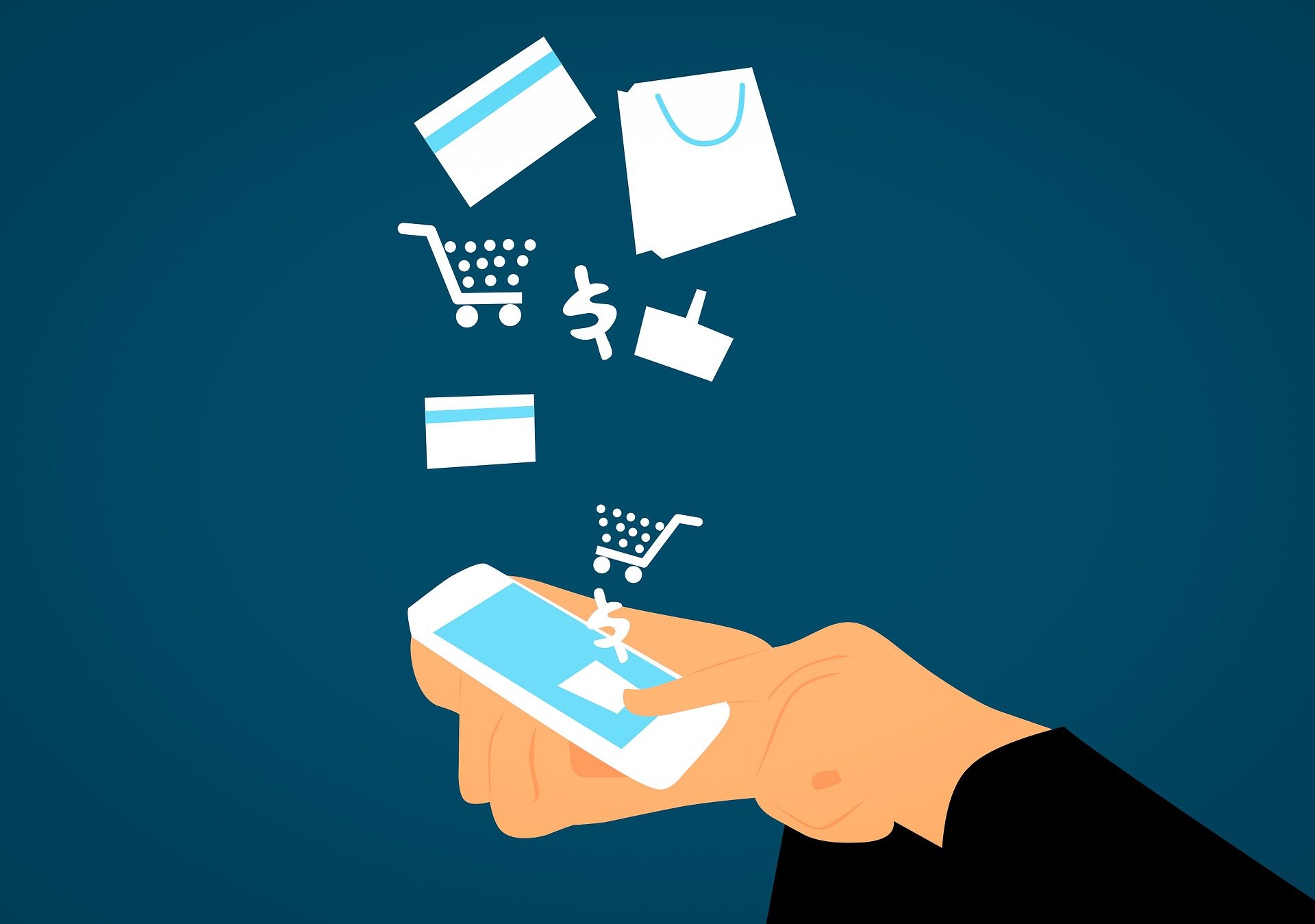
Ease of use, pandemic give a leg up to UPI-based transactions

The chaiwallah on the busy market road, vegetable vendors shouting at your doorstep, medical shop at the corner of the street and even a branded multi-utility store in a posh locality have one thing in common — they all accept Unified Payment System (UPI) or app-based payments.
Online payment mode has seen an exponential growth over the last one year. In fact, the pandemic has doubled the growth rate of digital payment platforms. Just to give an example, the UPI has facilitated over two billion transactions almost every month since October 2020 with June 2021 alone clocking 2.8 billion (or 280 crores) transactions.
Ease of use, increased internet accessibility, security checks and need for social distancing have encouraged Indians to choose UPI over cash, shows data and anecdotal incidents.
Over 2 billion UPI transactions a month!
The pandemic accelerated the unprecedented growth in digital transactions, shows the data. The total number of UPI transactions was about 999 million in April 2020 and it reached 3,247 million (or 324.7 crores) in July 2021.
Online transaction at your fingertips
Unified Payments Interface or UPI was first introduced by the Government of India in 2016. It is essentially an online platform where you can transfer money from any bank account to any account within seconds. Just by creating a unique ID, a person can send and receive money from any corner of the country or world for that matter. The convenience of transactions is the major reason for growth of UPI in India.
Sumit Mavle, 27, thinks the payment apps have made his life hassle-free. “Paying four different electricity bills every month required me to handle a lot of cash. Also, standing in a queue is not my thing. App-based payments made my job hassle free,” says Mavle. Not just electricity bills, but mobile recharge, insurance premium payment and many more things can be done from the comfort of the house that too in the midst of a pandemic.
Another user, Sushil Yebaji, runs a medical shop in Pune. He said, “We had no choice but to keep our shops open throughout the pandemic. Safety was a major concern because so many kind of patients come to us every day. Additionally, we had to handle a lot of cash. But the use of apps like PhonePe and Google Pay made my job much easier and reduced risk as well,” he said.
Independent UPI apps over bank apps
Independent UPI platforms have gained popularity over the last one and a half years. As of today, India has over 50 UPI apps, including those offered by mainstream banks. However, the major share of transactions takes place through independent apps, shows the official data.
PhonePe and Google Pay are the most popular apps ones. These two apps facilitated over 2,264 million (or 226 crores) transactions in June alone, which is almost 80% of the total UPI transactions that happened in that month. PhonePe and Google Pay accounted for 45 percent and 33 percent share of transactions in June. It was followed by Paytm that facilitated 13.39 percent of the transactions. Axis is the only bank to have its own UPI app among the top five popular UPI apps in the market today.
Telecom subscribers
The increased number of telecom subscribers, especially internet users, has also played a major role in the growth of several digital platforms. UPI apps are no different. As per TRAI data, Reliance Jio is now the biggest telecom provider with over 42 crore users. It is followed by Airtel (35.29 crore subscribers) and Vodafone Idea (28.19 crore subscribers).
Kishan, a cobbler who sits at one of the busiest streets in Pune, thinks Jio enabled him to make digital transactions. “Previously, I had a simple phone without internet access, but then Jio came and I bought a smartphone. I started using PhonePe only during the last unlock when I resumed work. I felt I should use it when people would ask me if I had PhonePe,” Kishan said, adding that the convenience of online payment made him accept it whole heartedly. He started using PhonePe for paying his own bills and also accepts payment through the app.


